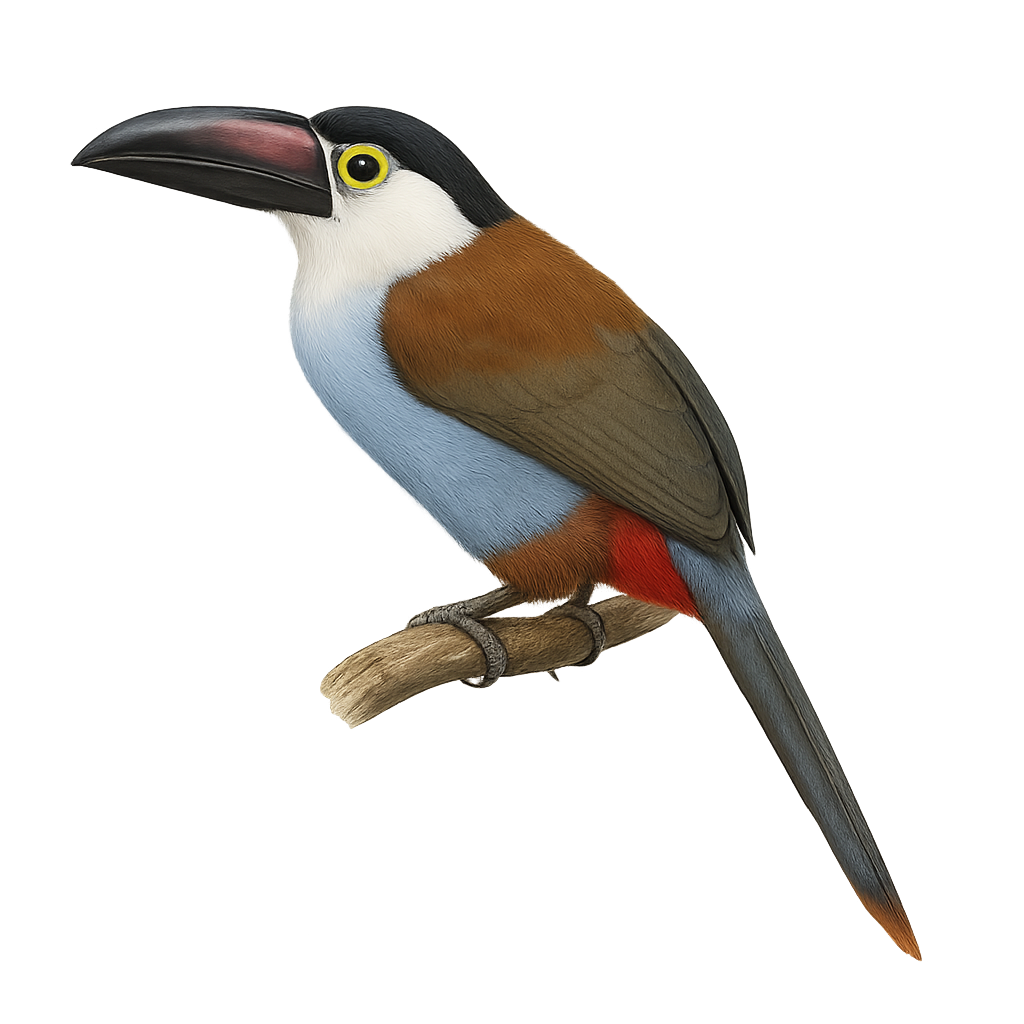Your wildlife photography guide.
Explore the black-billed mountain-toucan in detail, study its behavior, prepare your shots.
Where to observe and photograph the black-billed mountain-toucan in the wild
Learn where and when to spot the black-billed mountain-toucan in the wild, how to identify the species based on distinctive features, and what natural environments it inhabits. The WildlifePhotographer app offers tailored photography tips that reflect the black-billed mountain-toucan’s behavior, helping you capture better wildlife images. Explore the full species profile for key information including description, habitat, active periods, and approach techniques.
Black-billed Mountain-Toucan
Scientific name: Andigena nigrirostris

IUCN Status: Least Concern
Family: RAMPHASTIDAE
Group: Birds
Sensitivity to human approach: Suspicious
Minimum approach distance: 10 m
Courtship display: October to December
Incubation: 16-18 jours
Hatchings: October to January
Habitat:
Humid forests, cloud forests, mountainous areas
Activity period :
Primarily active during the day, with peak activity in the morning and late afternoon.
Identification and description:
The Black-billed Mountain-Toucan, or Andigena nigrirostris, is a fascinating bird of the Andean forests. It is distinguished by its colorful plumage, blending shades of blue, green, and yellow, and a characteristic black bill. This toucanet inhabits the humid high-altitude forests, often observed between 1,800 and 3,500 meters. It primarily feeds on fruits but also consumes insects and small vertebrates. Its behavior is generally suspicious, making it difficult to observe. Pairs are often monogamous and nest in tree cavities. Although its habitat is threatened by deforestation, it is currently classified as Least Concern by the IUCN.
Recommended lens:
400mm – adjust based on distance, desired framing (portrait or habitat), and approach conditions.
Photography tips:
To photograph the Black-billed Mountain-Toucan, it is advisable to use a telephoto lens of 400mm or more to capture detailed images without disturbing the bird. Look for areas where fruits are abundant, as these birds are often attracted to fruiting trees. Be patient and discreet, as their suspicious behavior can make them difficult to approach. Take advantage of the early morning hours when the light is soft and bird activity is at its peak.
The WildlifePhotographer App is coming soon!
Be the first to explore the best nature spots, track rutting seasons, log your observations, and observe more wildlife.
Already 1 430 wildlife lovers subscribed worldwide

